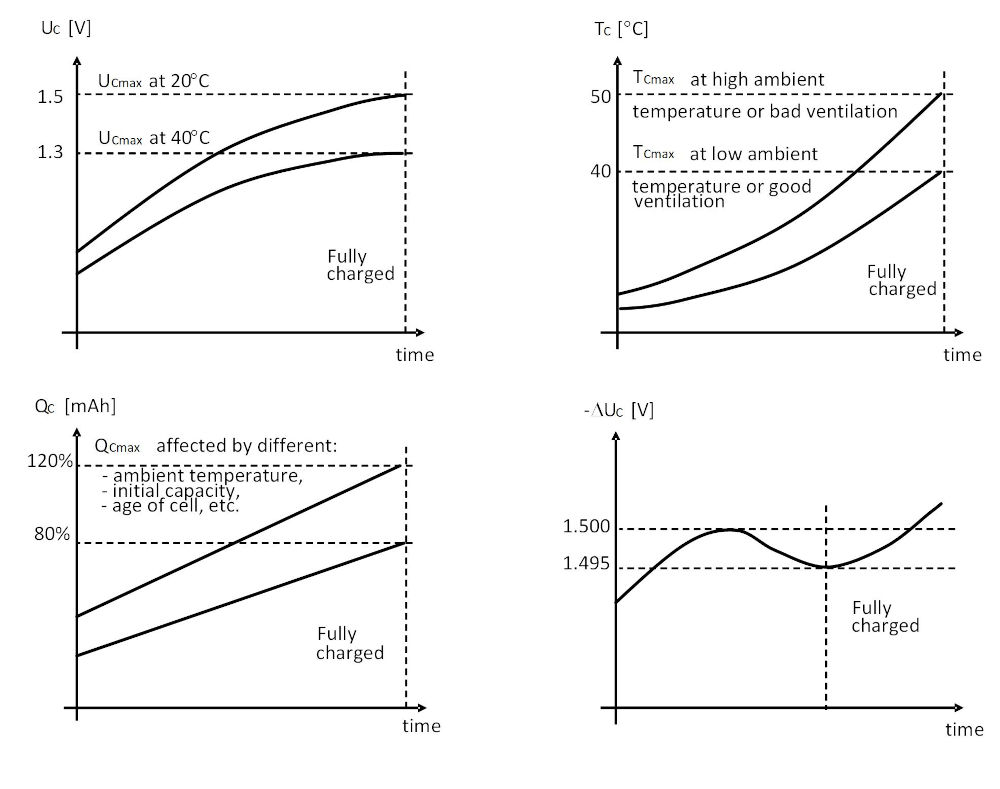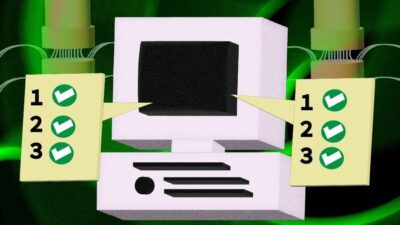The intelligent battery pack can be made safer by using soft computing techniques to make process variables more reliable and consistent.

Learning Objectives
- Intelligent battery packs can be used more efficiently with soft computing.
- Soft computing can resolve potential energy issues and provide higher reliability.
- The intelligent battery pack can be built upon using fuzzy logic and neural networks for more advanced insights.
A professional battery pack, which usually contains a battery charger and power monitor, has higher reliability and quality than standard consumer devices and may benefit from soft computing techniques. Personnel such as firefighters who work in harsh environments require high quality and reliable battery units. If a firefighter enters a burning building with all necessary electronic devices (radio, lamp, breathing fan, etc.) and his battery unit dies 10 minutes later even though it was supposed to provide enough energy for 30 minutes, it may cost his life.
What is wrong with battery chargers? Are some chargers unreliable? To answer these questions requires taking a closer look at the main features of the charging process.
Several variables are changing during the charging process and can be used as the process variables. These are the cell voltage, UC, the cell temperature, TC, and the cell charge (accumulated current flowing to the cell), QC. There is an additional phenomenon accompanying the cell’s charging process: a negative delta voltage, -DUC.

Figure 1 shows how those four parameters change with the time during the charging process of a standard nickel-metal hydride (NiMH) cell. The first three parameters exhibit significant dispersion due to different cell and environment conditions like the ambient temperature, ventilation, initial cell’s capacity and its age (number of charging cycles). The last parameter, negative delta voltage, is not that reliable, either. One cell can exhibit about 5 mV temporary voltage drop, which can last a few minutes before voltage resumes rising.
The problem occurs if the battery unit consists of, for example, 10 cells connected in series. The probability that all 10 cells will exhibit this voltage drop exactly at the same time is very low. To reliably catch a voltage drop of 3 or 4 cells (15 to 20 mV), if the measuring range is around 14 V, can be a challenging task.
Fuzzy logic, free agents improve charging
Is there a way to build a reliable battery charger if the accompanying process variables are not very reliable? The answer is yes. Implementing an intelligent battery pack using the soft computing technique is one of the best ways for solving tasks such as this.
The soft computing technique uses sophisticated algorithms well known from the field of artificial intelligence (AI) such as neural networks and fuzzy logic. The intelligent battery pack can be built upon fuzzy logic combined with free agents, another modern technique mainly used in robotics and other ATI applications.

Figure 2 shows four such free agents monitoring the above discussed four process variables. Each agent continuously monitors one process variable, and except for the NegVoltage agent, fuzzifies the measured value into three fuzzy state levels: Low, medium and high. The NegVoltage agent provides only two-state information: False or true.
How the information provided by four agents is further processed is explained in Figure 3. It is the fuzzy states processing and defuzzification module, which processes the fuzzified variables provided by the agents. The module output is a crisp value of the charging/discharging current.

Even the NiMh batteries require from time to time a complete discharge to minimize the memory effect. The charge/discharge control module then uses this crisp value as a set point value. The control module will use the charging current set point value during the charge operation mode and the discharging current set point value during the discharge operation mode. With a proportional-integral-derivative (PID) control loop, it will maintain a required current flowing in/out of each cell (the cells are connected in series).
The operation mode control module controls the operation mode of the charge/discharge control module. This module is responsible for determining the operation mode of the intelligent battery pack and its other internal modules. It works like a finite state machine (FSM) processing four input variables (shown in Figure 3 on the left side of the module) and generating the following output states – operation modes:
- Discharge batteries
- Charge batteries
- Use batteries as power supply for:
- all appliances including fan running in booster mode
- all appliances including fan running in normal mode
- all (external) appliances excluding fan
- Turn off power supply and go to sleep mode.
The battery pack can go to the sleep mode itself, if the power supply is too low to power any external or internal devices. In such a case, it will “wake up” only when the ac/dc adapter is plugged in to the unit, and it will immediately go to the charge operation mode.
The operation mode control module also continuously monitors and indicates the most important information on the LCD or LED panel. The user will be informed about:
- Current operation mode of the unit (except when in the sleep mode),
- Value of the charge/discharge current during the charge/discharge operation,
- Value of the consumed current and the remaining time period during which the unit should provide the constant current (remaining capacity),
- All abnormal conditions like high internal temperature, very low voltage and very low remaining capacity.
The last module in Figure 3 is the fan control module, which uses an open loop control for controlling the speed of a fan, which is part of the breathing equipment. There are three push buttons as inputs to this control module. The operation mode control module can disable the booster mode of the fan if the remaining capacity of the battery pack is low. If the capacity is too low, the fan can be disabled to preserve as much energy as possible.

Figure 4 shows how the fuzzified information provided by the free running agents is processed. The charging current level in the black color areas represents the full charging stage, the red color areas represent the trickle charging stage. All other areas of the cube represent the moderate charging stage.
The charging current in blue areas depends on the output value of the NegVolt agent. So those areas can represent either moderate or trickle charge stages. The defuzzified output variable can acquire any crisp value according to the selected range of the charging current. This can be, for example, between 2.5 A (maximum charging current) and 50 mA (minimum trickle charge current).
Simpler with soft computing
The intelligent battery pack is an excellent example how modern design techniques can help solve common problems that were once difficult. Several years ago, the author had opportunity to design a similar battery unit. At that time, a “classical” approach based on finding exact relations among process variables was used. It was a difficult process that required countless corrections of relations between the process parameters and their values due to high uncertainty of the processed information. Soft computing immensely simplifies the whole design phase, and the product exhibits considerably higher reliability.
Peter Galan is a retired control software engineer. Edited by Chris Vavra, web content manager, Control Engineering, CFE Media and Technology, [email protected].
MORE ANSWERS
Keywords: soft programming, industrial PC
CONSIDER THIS
What techniques do you use to solve problems that used to be difficult?



